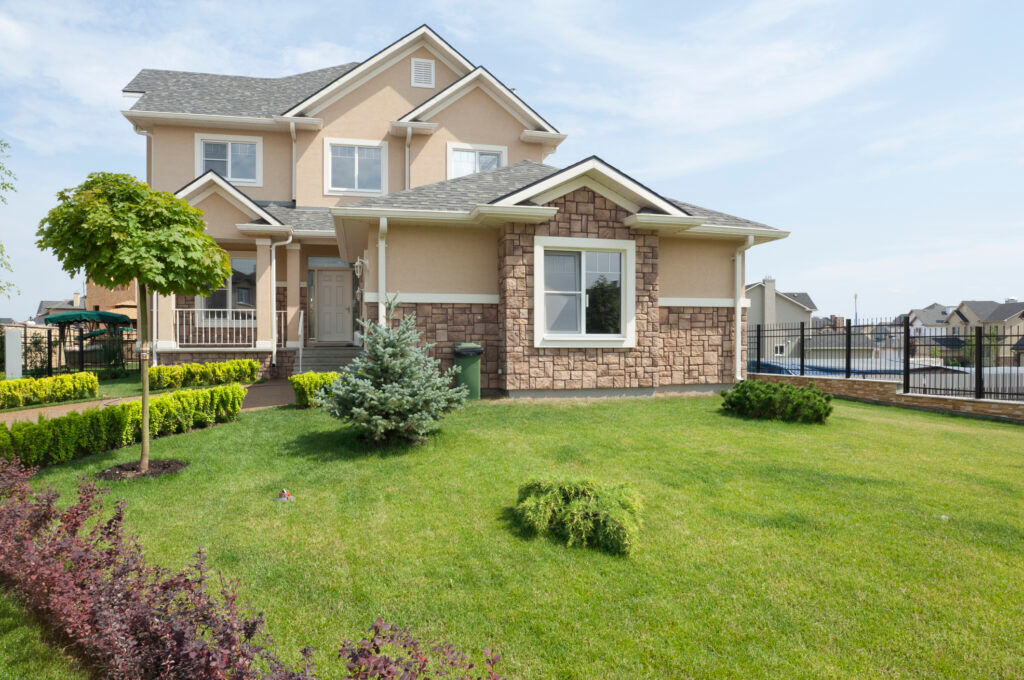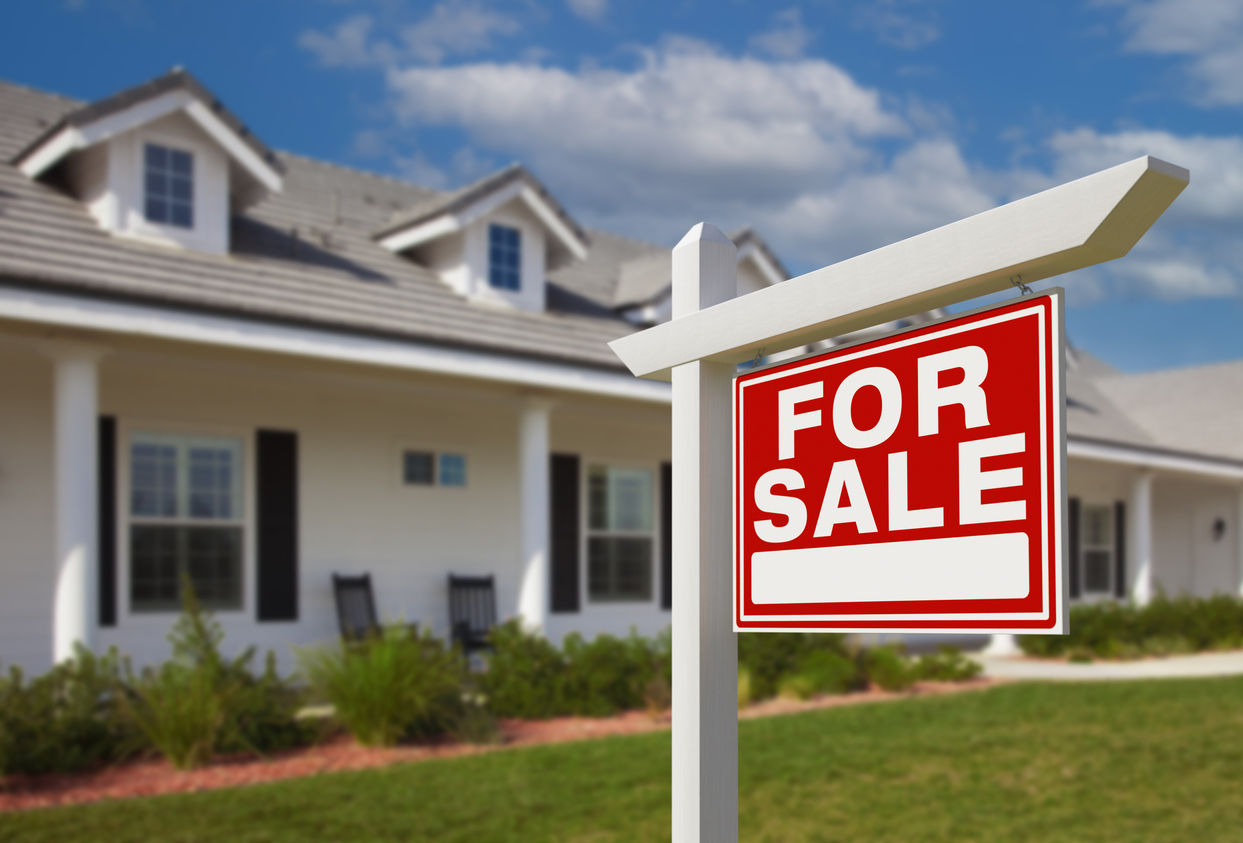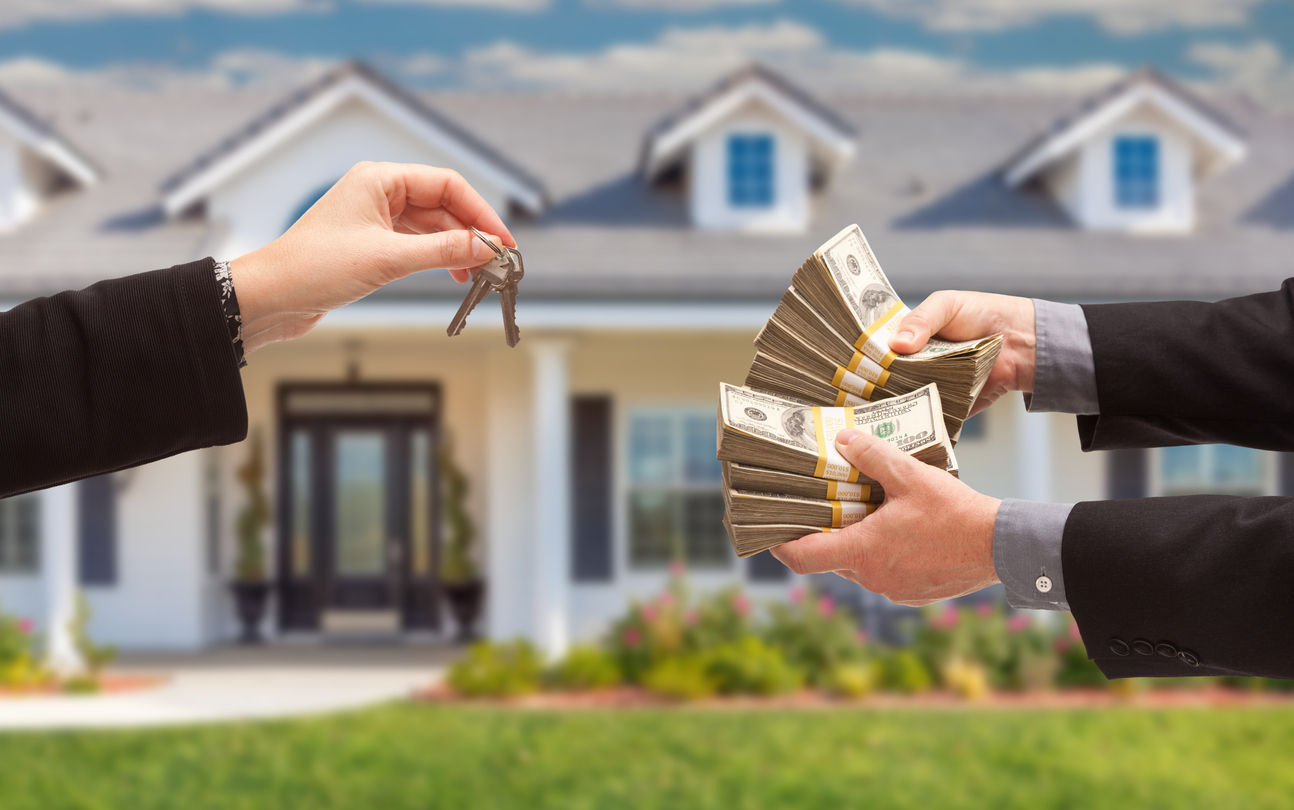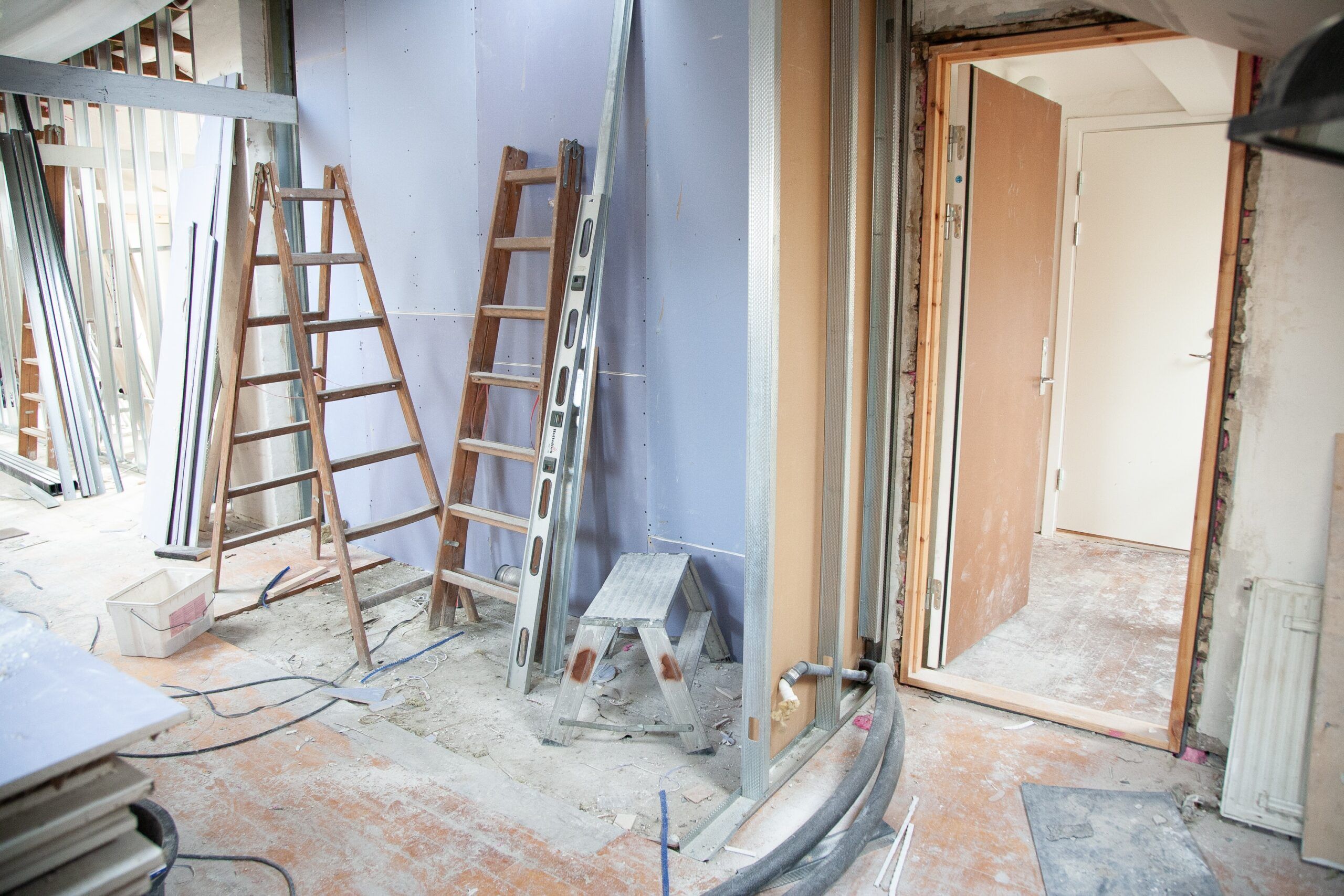Your Home Won’t Sell? 4 Smart Moves to Change That
>>Find an Expert Real Estate Agent<<
“As the housing market shifts towards a buyer-friendly environment, sellers need to entice buyers with incentives and recent renovations,” says expert real estate agent Meg Czapiewski. Discover Meg’s tips for what to do when your house won’t sell.

The housing market is transitioning from a seller’s market to a buyer-friendly market. While some areas still have homes selling quickly and for full or above list price, others are experiencing an increase in inventory, price drops, and more days on the market. If you find that your home is stagnant, don’t lose hope. Here’s what to do when your home won’t sell.
1. IMPROVE THE CONDITION
When your home won’t sell, consider temporarily removing it from the market to make strategic improvements to its condition.
Most MLSs have a status change that allows you to temporarily remove a home from the market. When the status of a listing changes, it triggers notifications for potential buyers, which will draw their attention to the home. Update the remarks to let buyers know this home is “getting a refresh” and will be back on the market soon, which can generate interest in the home.
In the meantime, address the issues that are hindering potential buyers from crossing the line from interested to offer.
Consider small improvements like deep cleaning, landscaping improvements, repainting, or eliminating a pesky pet smell. If more significant structural issues, like roof repairs or foundation cracks, are turning off buyers, address these. While these repairs are a significant cost, they may be what ultimately sells your home.
Once you’ve improved the home’s cosmetics or resolved the issues, re-take any photos that show the new and improved look. Change the status back to active/on market. This will add energy to the listing and help attract new buyers, as well as buyers who may have seen it previously and are now pleasantly surprised at the refreshed look.
2. ADVERTISE BUYER INCENTIVES
When your home won’t sell, another option for making your home more appealing is to incentivize buyers. As we shift toward a more balanced market, sellers need to consider ways to make their homes more affordable to buyers.
One option for a buyer incentive is to offer a certain amount toward the buyer’s closing costs.
If the description of your home leads with either a dollar amount or percentage amount the sellers are willing to contribute toward the buyer’s closing costs, it will differentiate your home from your competitors, creates instant value to a buyer, and incentivizes them to make an offer on your house instead of your neighbor’s home.
When your home won’t sell, a mortgage rate buydown is another option for buyer incentive.
Given the mortgage rate climate of today, home buyers are looking for ways to get a lower interest rate. The seller can incentivize home buyers with a temporary mortgage rate buydown, where the seller would pay upfront to reduce the mortgage rate for the first few years of the loan.
3. PRICE DROP
Ultimately, when a home sits on the market, it is because the market perceives the condition is out of synch with the price of the home. Dropping the price of the home is typically the most successful way to gain instant attention and sometimes even obtain multiple offers to help drive the price back up.
The price drop technique that tends to work best is to reduce it to the next natural search bracket whenever possible. Buyers typically search in price brackets that end in “00”, “25”, “50” and “75”. For example, $500,000-$650,000. If your home was listed at $515,000, dropping it to $500,000 is far more likely to expose your listing to the buyer ready and willing to make an offer on your home. Even though a $10,000 price drop to $505,000 sounds significant, the extra $5,000 drop to get to that natural search bracket will statistically expose your home to an exponentially larger number of buyers which, in turn, can help to drive competition.
4. HONEST ASSESSMENT
When your home won’t sell, you may try to blame it on the season, thinking that if you list it in the early Spring, more buyers will be interested in your home then. While seasonality can play into the market, it’s unlikely that relisting your home at a later date will have an impact.
It’s better to have an honest assessment as to why the home won’t sell. Talk to your real estate agent about what needs to change to have a successful sale. You can also create an anonymous survey for friends to analyze the home critically. After living in a house for a long time, the homeowner can often overlook issues that are glaring to others.
Some sellers want to come off market toward the end of the year and plan to re-list it early the following year. However, relisting without an adjustment in price, condition, or both tends to have the same result whether it is December or March. If you are going to take the Winter/Holiday time to address buyer objections and relist a refreshed property with fresh photos next Spring, now THAT is a solid strategy.
WORK WITH AN EXPERT
The bottom line is that synchronizing the condition and price of a home is critical to a successful sale. In a more strained economy, buyers are focused on getting value.
Consult a professional who has a history of successful sales in your area to implement a pricing strategy that is consistent with the current market conditions.





